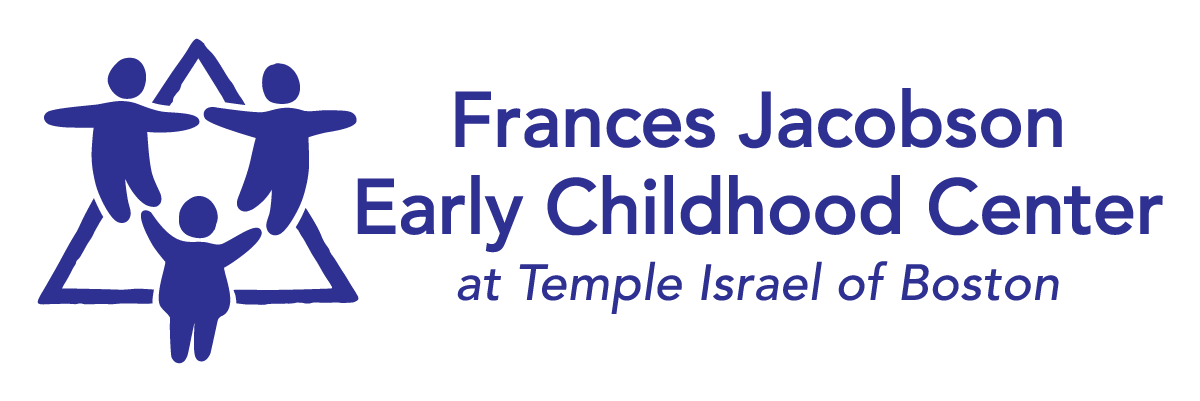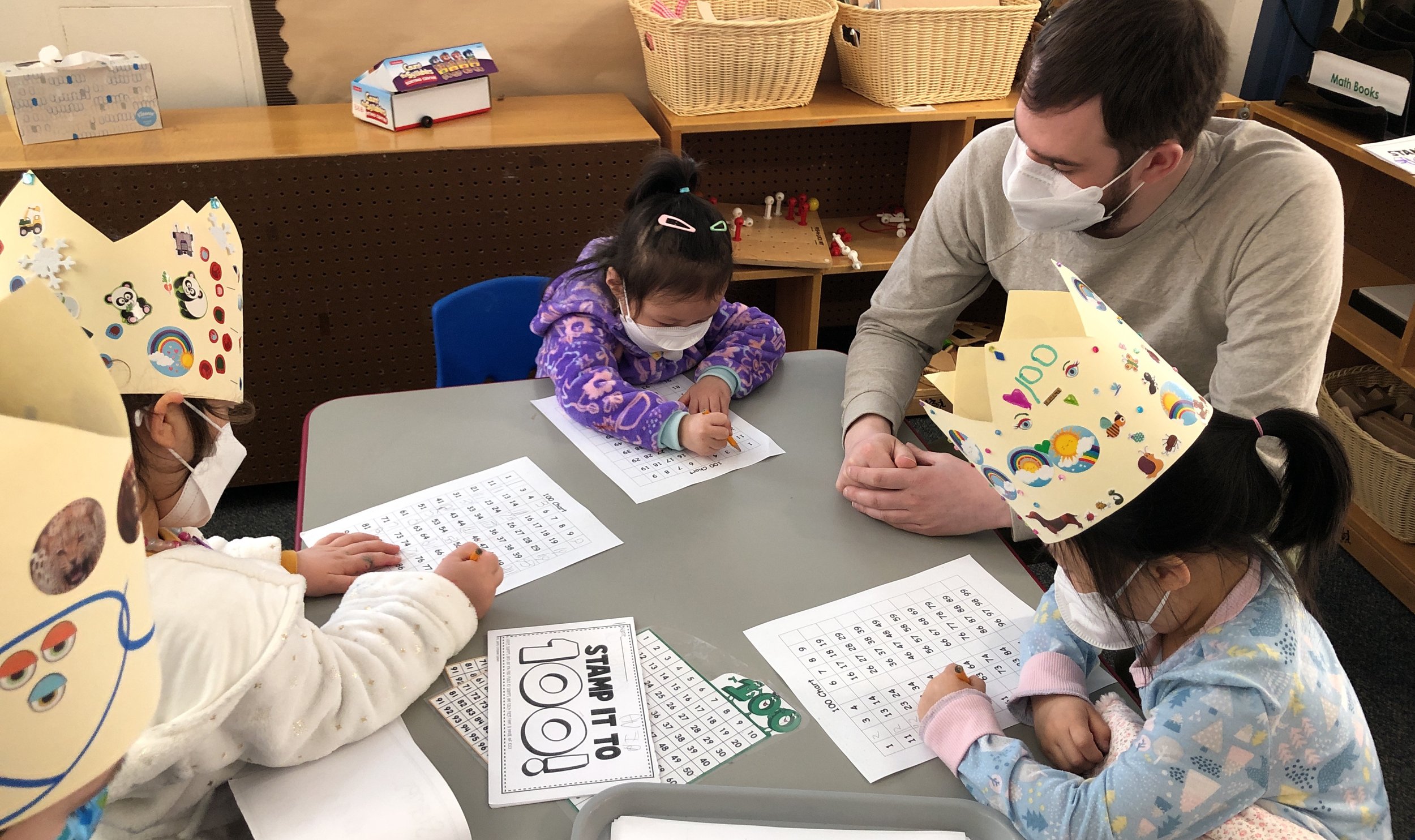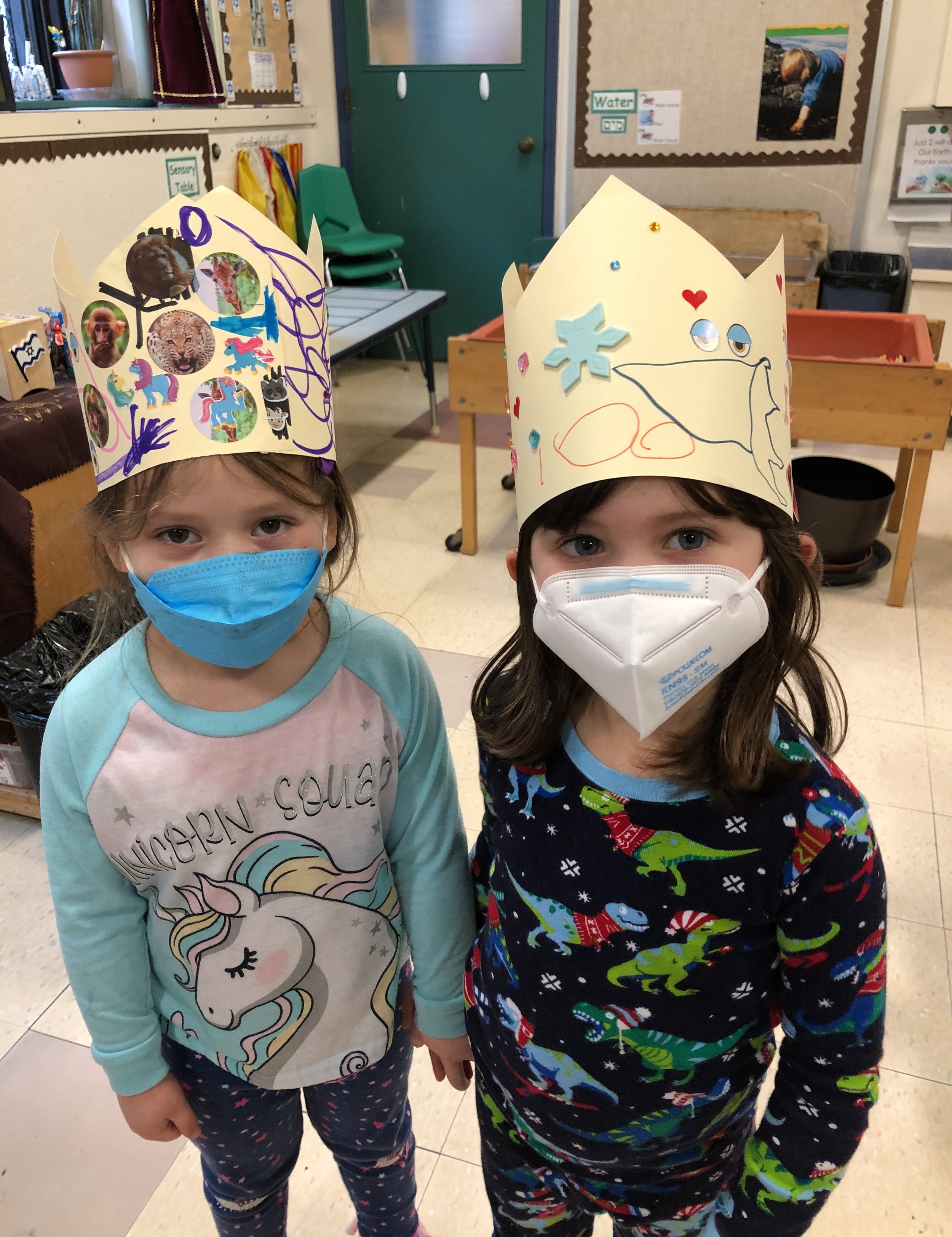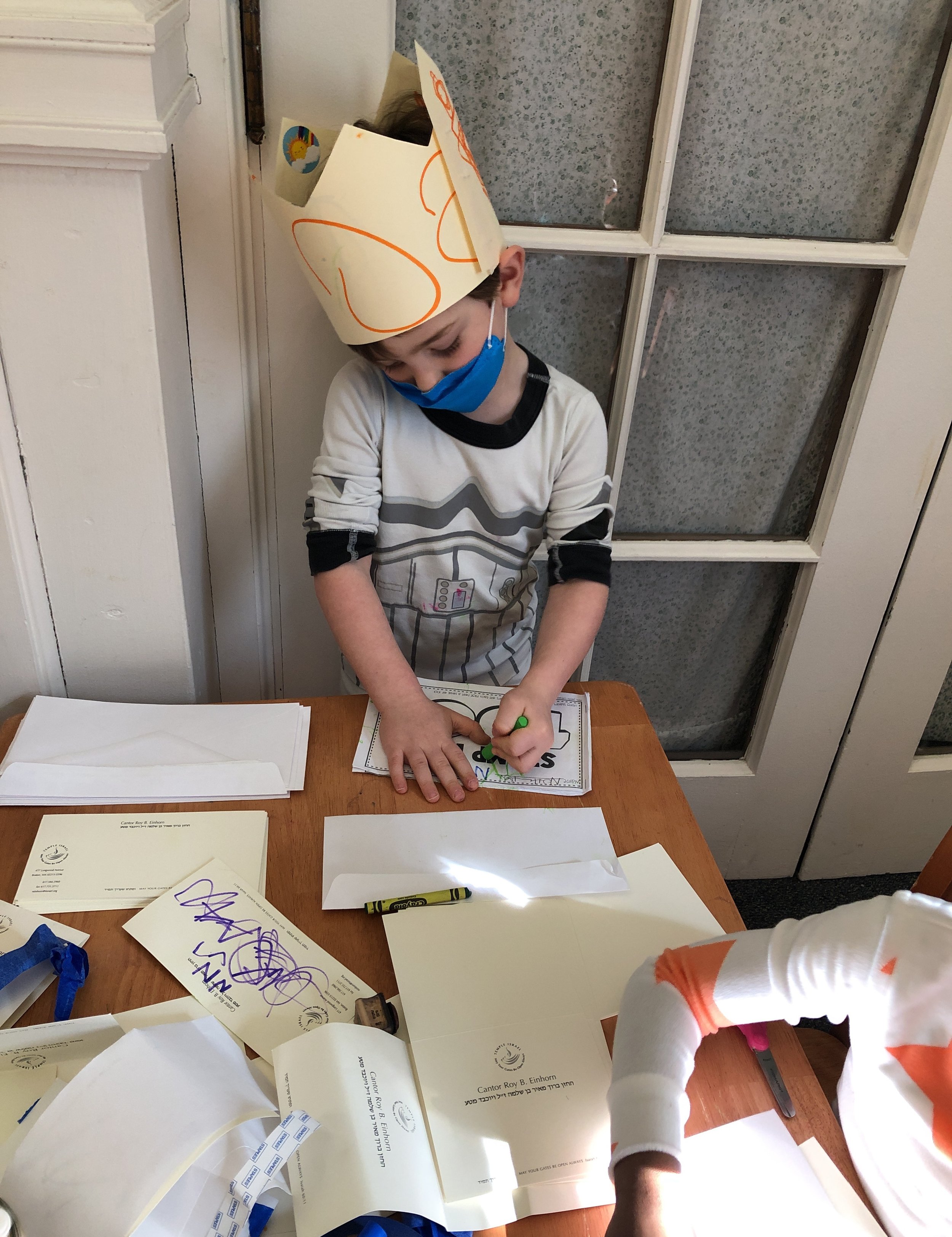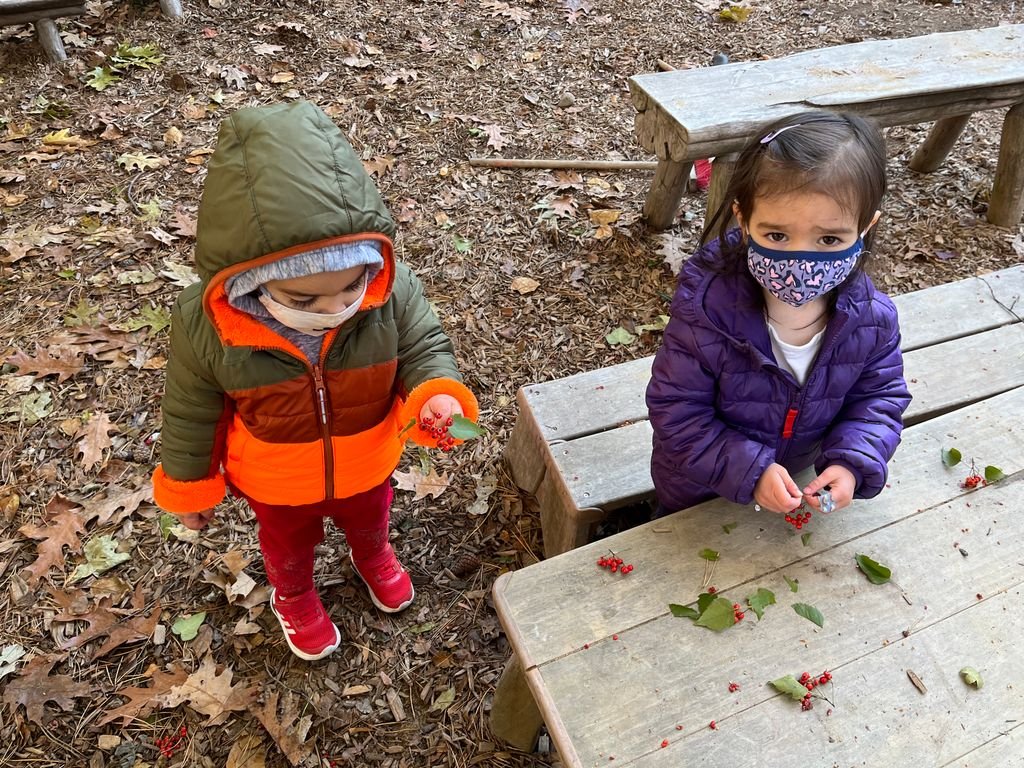100 Days
/Happy 100 Days of School!
Last Friday there was a festive air in the classrooms and hallways. That was in part because of the 100th day of school festivities, in part because of the warmer weather (as of that morning - now the chill has descended again) and likely because it was the Friday before vacation week. It felt like quite the accomplishment to have made it to this point in the school year – for all of us.
We are past the halfway mark in the school year. We have weathered Covid surges, the shifts and pivots that Covid has created in our personal lives, our work lives and the lives of school children. We have weathered actual weather - snow, rain, wind, ice. Allow me a moment to be thankful for everything that has brought us to this moment and to be thankful for the strength and grace of our community.
I am so proud of our staff who continue to bring their best selves to work every day in the face of much uncertainty and change.
I am proud of the children who bring their joy and curiosity to school every day.
I am proud of the families, who continue to manage work and home and protocols and swabbing noses.
As we move into the next 80(ish) days of school, there will be ways in which we begin to shift again - hopefully in a direction that brings parents closer into the daily life of the school and that are comfortable for all. After this vacation week, you will be receiving a survey, the intention of which is to assess the community's comfort level with our restrictions and protocols. Your feedback is important to the process of finding the right balance between safety and comfort. Look for the survey in my next Friday email on March 4th.
And look for upcoming information on a whole lot of Purim activities! Purim Palooza 2022 will be a hoot (that was a hint!).
Shabbat Shalom,
Amy
